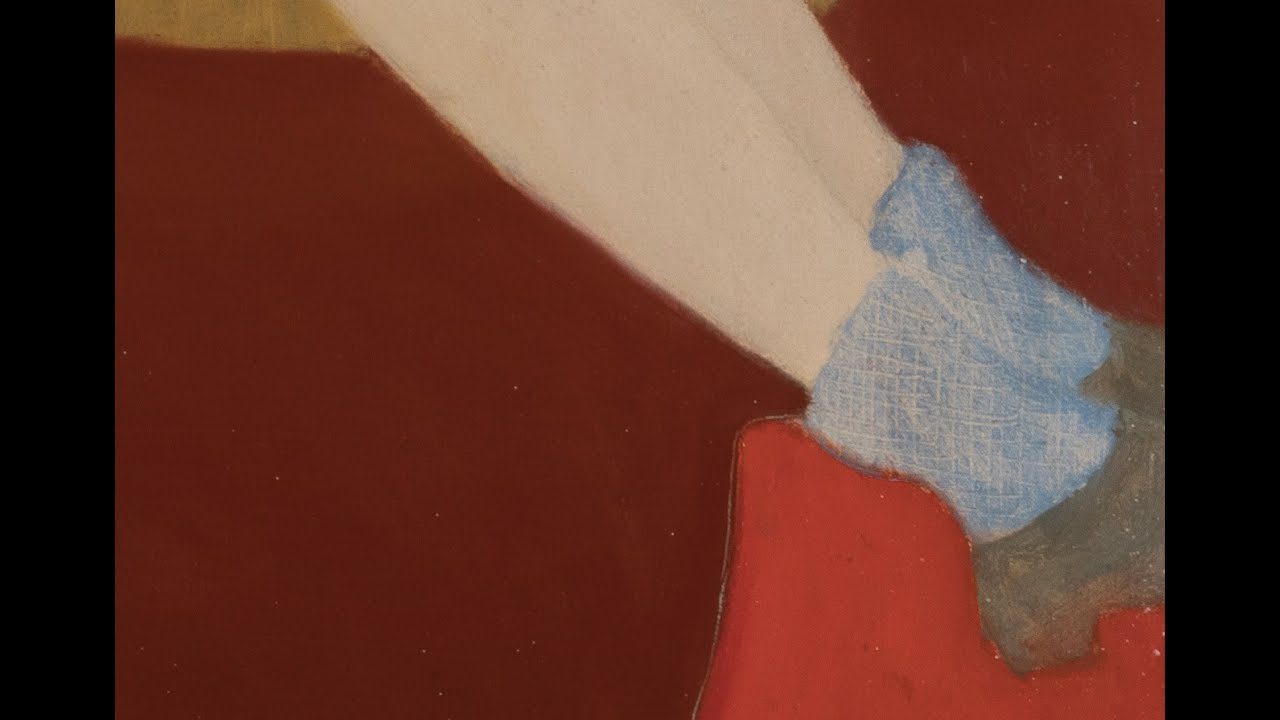集中收藏: Teenagers and Pop Culture in Milton Avery’s “Adolescence”
March Avery’s appearance—her knee-length white dress with a sharp shoulder; her bobbed hairstyle and blunt bangs; and her blue bobby socks—firmly places this painting in 1947. The post-World War II economic boom during the late 1940s and 1950s brought with it an extraordinary optimism and cultural and social liberation, including a growing awareness of the “teenage” years as a unique stage of human development.
In the following years, the United States would see a meteoric rise in economic markets and a culture geared toward teenagers. In the cultural realm, this phenomenon was catapulted into a frenzy by Elvis Presley (1935–1977).
Elvis’s provocative stage presence was synonymous with the teenage rebellion that took place in the 1950s, and a catalyst for similar developments in youth culture in the 1960s and 1970s.
在这个视频中, Chris McAuliffe, a professor at Australian National University, in Canberra, discusses the adolescent “condition” and Milton Avery’s emphasis on his daughter’s contemporary style.



